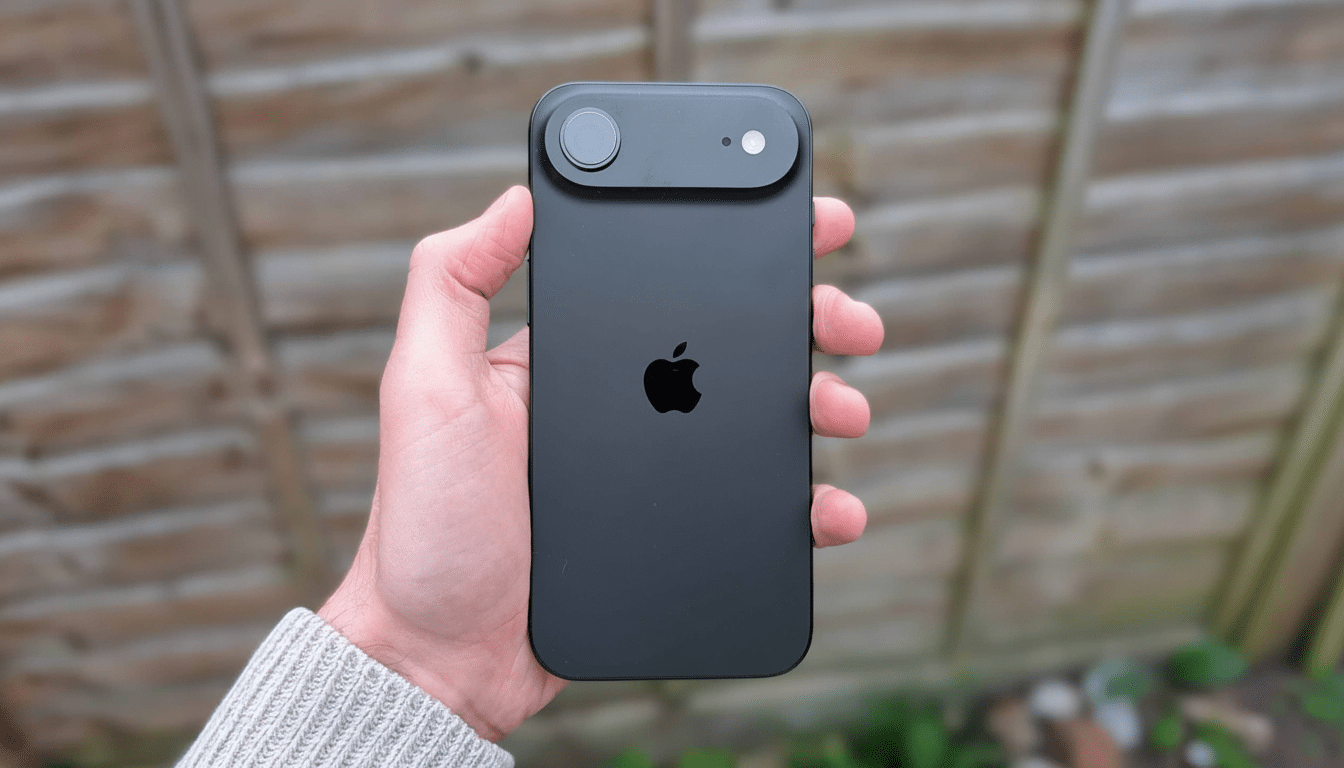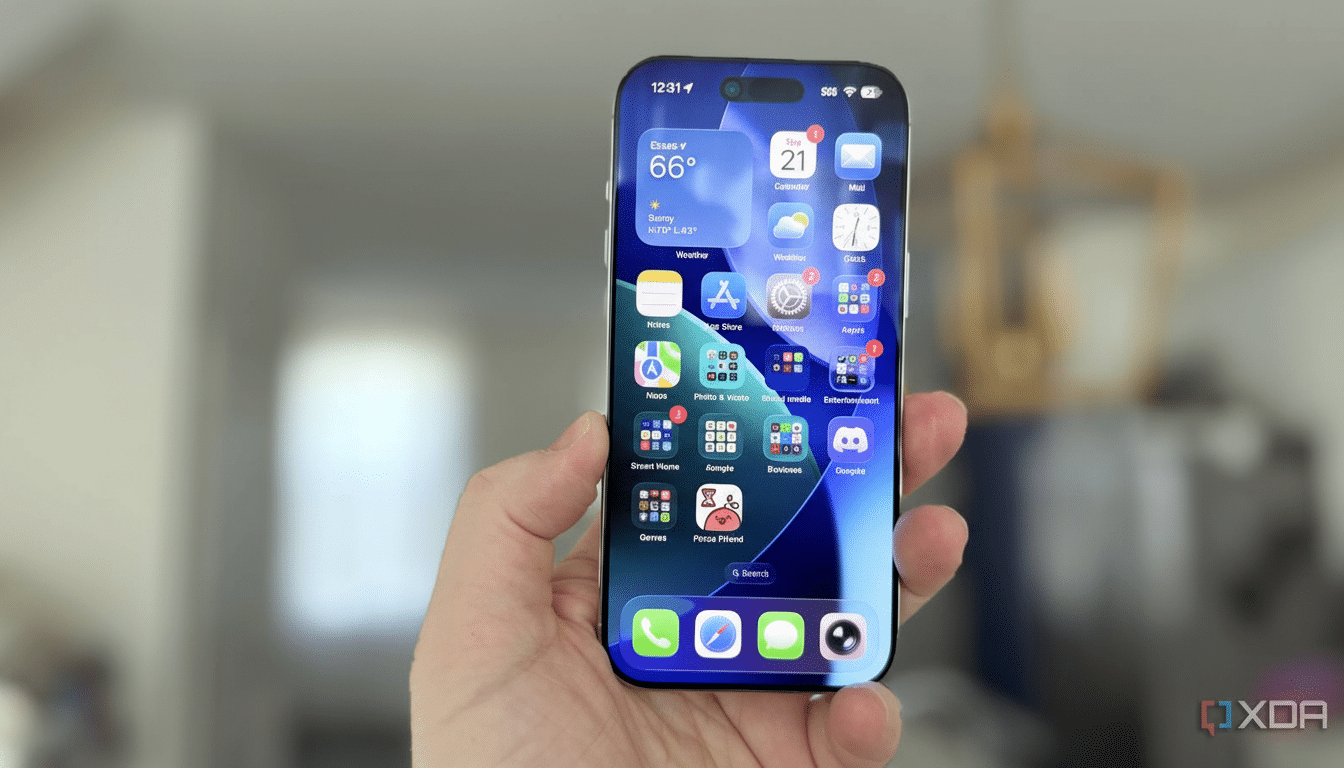Apple is cutting iPhone Air production after a more lackluster-than-expected launch, according to reports from the supply chain. The ultra-thin model, added to the iPhone 17 family, is said to be seeing orders reduced to what one outlet described as close to end-of-production levels even as the series as a whole still has solid momentum.
How deep the iPhone Air production cuts reportedly go
Apple has slashed iPhone Air orders after a lackluster launch, according to Nikkei Asia. The model at first was expected to make up about 10% to 15% of this year’s iPhone build plan, but production is now being cut back from what it was in September.

Analyst Ming-Chi Kuo says that the companies making components for the phone are preparing for cuts of roughly 80% between now and the end of Q1 next year, which underscores how fast Apple is rebalancing its mix.
Mizuho Securities also believes that Apple will manufacture one million fewer iPhone Air units than it had originally planned.
Overall iPhone 17 series targets have also been scaled back to between 85 million and 90 million, but that means Apple is merely shifting around the capacity to better-selling models rather than pulling it from the entire lineup.
Why the ultra-thin iPhone Air pitch fell flat
The iPhone Air headliner is, of course, its body: at 5.6mm thick along one edge — which makes it the thinnest iPhone Apple has built yet. But preliminary evidence suggests that thinness isn’t enough to convert shoppers. An earlier KeyBanc Capital Markets survey described demand as “virtually none,” a jarring note in an industry cycle otherwise singing along nicely.
Buyer behavior offers clues. In recent years, ordinary consumers have flocked to the regular iPhone for value and battery life while enthusiasts preferred the Pro and Pro Max for fancy cameras and performance. Battery capacity and thermal territory become limited in very thin designs, restrictions that are harder to accept when rivals at the same size highlight endurance and imaging. Historical model mix data from firms such as Counterpoint Research and CIRP have consistently shown Pro variants capturing a disproportionate portion of sales while mid-tier alternatives fail to find a clear niche for themselves.

Supply chain and competitive fallout for iPhone Air
Quick order reductions waft through Apple’s supply chain. Camera lens producers, display suppliers, and assembly partners are experiencing lower utilization and changes in production schedules as Apple switches capacity to more popular models. For the likes of Foxconn, Pegatron, and Luxshare, it likely means retooling lines for the base models of iPhone 17s and Pros to see maximum throughput during peak selling weeks.
Competitors are confronting similar realities. It seems that the ultra-slim or edge-focused form factor manifests more as a niche than branding would have us believe, as Samsung is reported to be axing its Edge variant due to poor consumer interest. And the message across the industry is a familiar one: battery life, camera performance, and price are still the top considerations for purchase intent.
The rest of the lineup is a different story
According to Counterpoint Research, the iPhone 17 family was ahead of the iPhone 16 series by around 10% in their first ten days on sale in important markets, including the US and China. The regular iPhone 17 makes up one in three sales, and demand for the 17 Pro Max is strong. The iPhone Air is said to be performing only a little better than the device it’s replacing, the iPhone 16 Plus – a step up, but not enough to validate carrying on with a production plan that was initially in place.
That combination has significant financial consequences. Stronger Pro Max uptake generally increases average selling prices and margins, which helps offset the drag from a low-volume model. So if Apple can continue to nudge people toward the higher-end versions, profitability could hold up well even with the Air retreating.
What to watch next for Apple and iPhone Air demand
In the short term, monitor retail lead times and channel inventory. If Pro and base delivery windows extend while Air remains in stock, it would be consistent with the current demand story. Look for Apple and carriers to mix in trade-in promotions on the core models as they seek to drive upgrade interest through the holiday season.
Longer term, Apple’s product team confronts a familiar calculus: The features that strike a chord with the mass market net the volumes. If the Air concept does come back, it probably would need a more obvious value proposition — either battery life you wouldn’t expect given how thin it is, camera capabilities that are Pro-level (or at least in the vicinity), or a price point that makes separation between models unmistakable. Thus far, the market has given its verdict and Apple seems to be heeding it.

